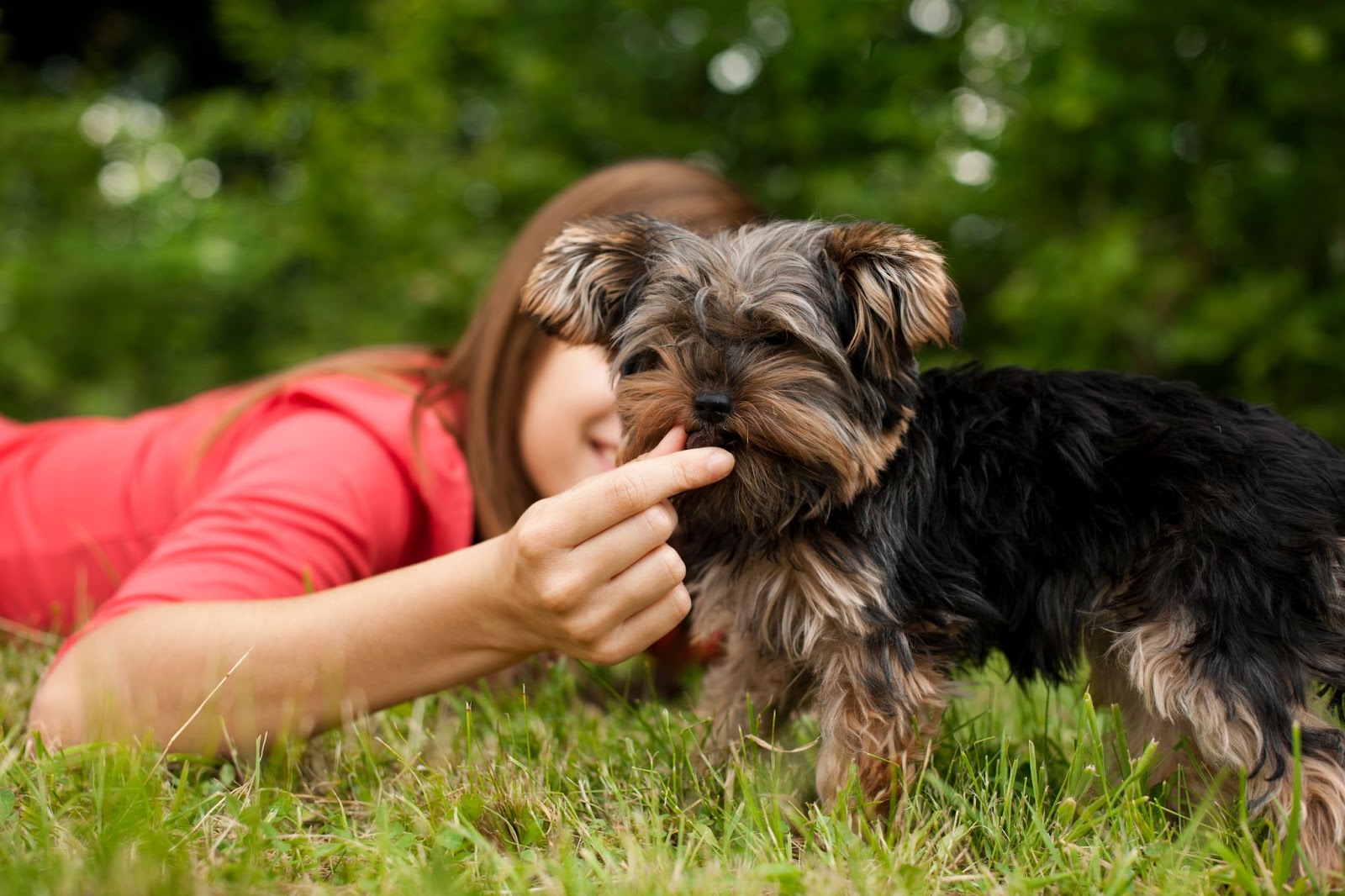Door Manners
“Door manners” are a basic safety exercise, which applies to doors, going up or down stairs, getting in or out of the car, or any room the dog should not enter without permission. The exercise is quickly taught to a dog because he learns that the only way he gets to go where he wants to be is to wait for the release word “okay.” We like to teach it both coming and going – exiting a door and entering a door. If you are consistent and religiously insist that Fido stays until released, your dog will shortly sit and stay without any command from you.
PROGRESSION 1:
With your dog on leash and on your left side, leash held as close to his collar as is comfortable for you with the part that goes to the dog coming out of the bottom of your hand, palm facing down (the closer to the collar you hold the leash, the more control you have over the dog). Approach a door (this is usually a door leading to the outside), preferably one that opens away from the dog, rather than toward the dog. Tell your dog to “sit and stay.” (The dog can stand and stay, although our preference is a “sit” because it demonstrates more commitment on the part of the dog.) Open the door a crack and when he moves to get outside, close the door. Repeat until the dog stays in position when you open the door. The smart dog figures this out in three to five repetitions – less than a minute.
PROGRESSION 2:
Dog now stays when told as you open the door. Place one foot across the threshold. When dog tries to follow, pull straight up on the leash, step back and close the door. Repeat until dog stays. Next, tell dog to stay, open door and step out. If dog tries to follow, pull straight up on the leash, step back and close the door. Repeat until dog stays. Now approach the door, tell dog to stay, open door, step out, count to five and release dog with “okay”.
PROGRESSION 3:
Repeat entire sequence in Progression 2 off leash.
PROGRESSION 4:
Approach door, tell dog to stay, open the door, keep going and close the door behind you. The point here is to be able to exit without the dog.
Remember to verbally praise (“good dog”) for correct responses (keep your hands off your dog, as he will interpret being petted as an invitation to move. Verbal praise is not the same as a release. Praise means “you are doing what I want you to do”; the release means “you can move now.”

This entire exercise should not take more than 45 minutes to an hour, spread out over several sessions. Keep the sessions short – no more than five minutes at a time.
